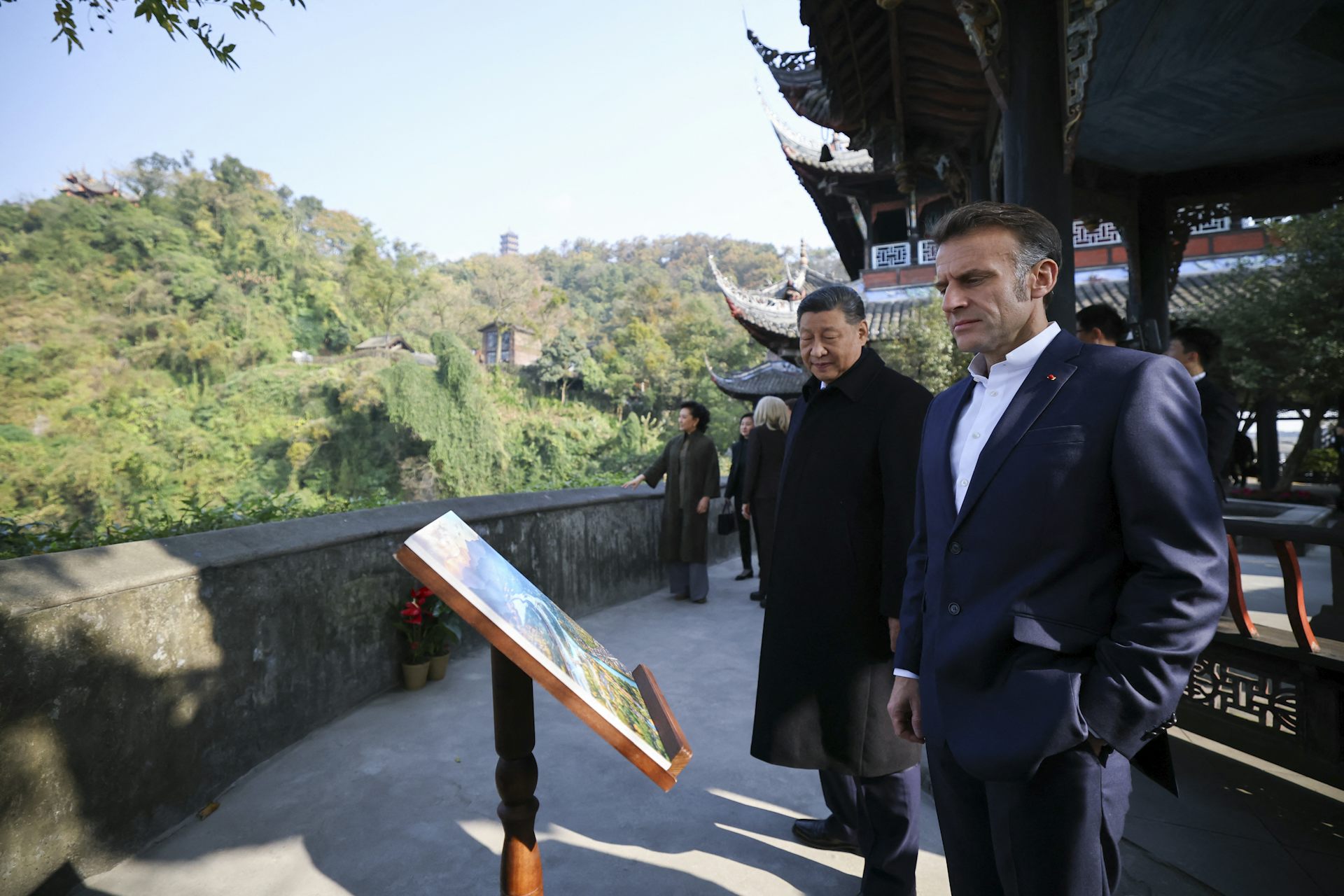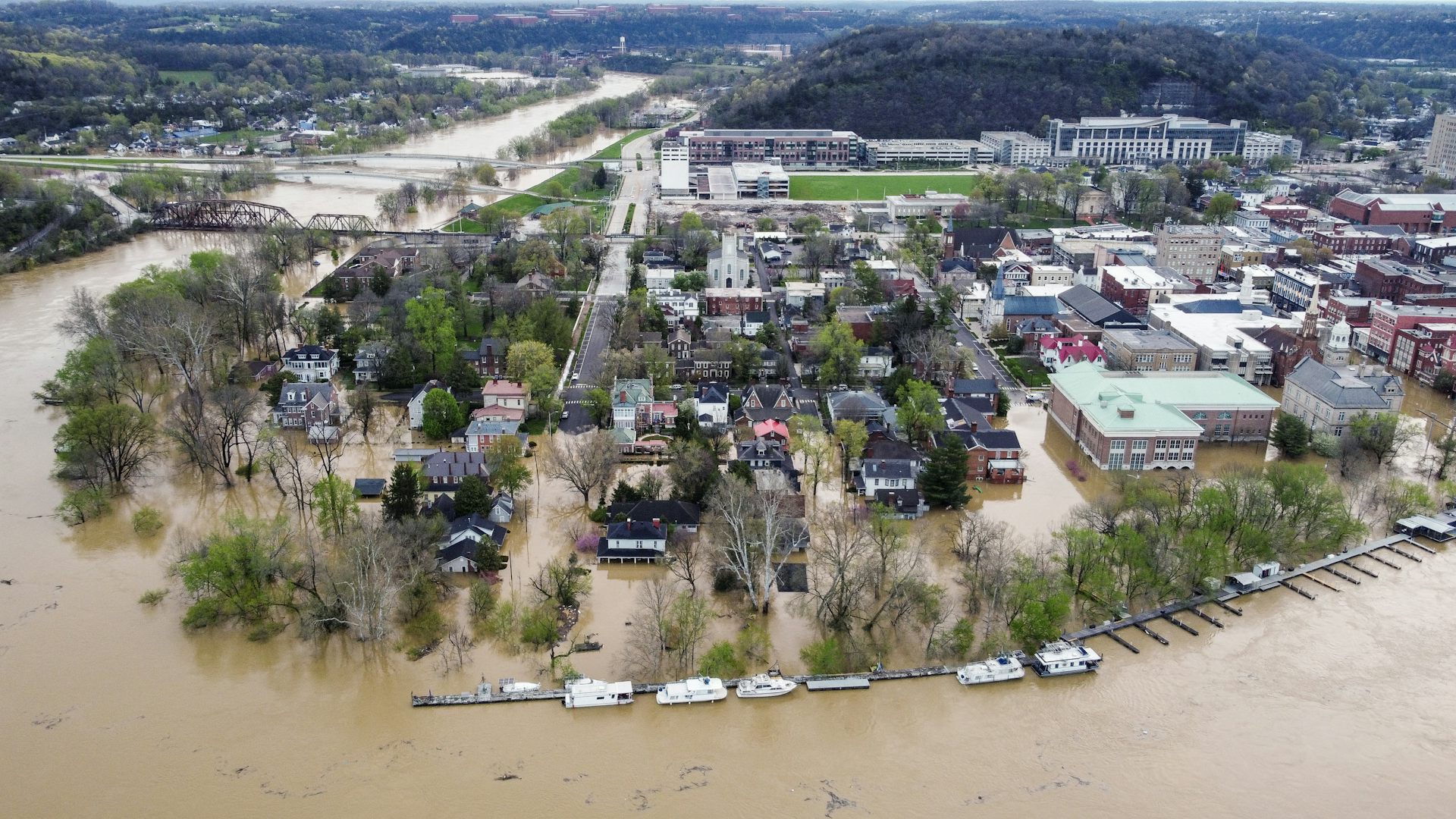Understanding the emoji of solidarity
New research discovered how people use emoji to express their concern and support during tragedies and disasters.

When disaster or tragedy strikes, people far away are touched and want to help – but really can’t do much. Often the first thing distant observers do is take to social media to send their thoughts, prayers, support and good wishes for survivors, rescue workers and others affected. And a lot of times, those online posts involve emoji – as well as hashtags in the poster’s own language, and other languages.
First created in the late 1990s, emoji became prominent worldwide in 2015 when the Oxford Dictionaries named the “face with tears of joy” emoji
Read These Next
From civil disobedience to networked whistleblowing: What national security truth-tellers reveal in
Whistleblowers’ stories show how accountability is shifting from formal legal institutions to solidarity…
Pandas, pingpong and ancient canals: President Xi’s hosting style says a lot about Chinese diplomacy
During a recent visit to China, French President Emmanuel Macron was given the diplomatic works.
2025’s extreme weather had the jet stream’s fingerprints all over it, from flash floods to hurricane
The US had a rare year without a hurricane make landfall, but it saw too much extreme rainfall and flash…






